Mastery in multiplication and division is built on a solid foundation of addition and subtraction. Understanding the concepts of multiplication and division rely on a solid mastery of understanding the concepts of whole and total from addition and subtraction. Unfortunately, we don’t always have the luxury of spending a lot of time reviewing addition and subtraction in third grade before we start multiplication and division. Because of this, it’s so important for me to connect to addition when introducing multiplication so I can reinforce what students know, or should know, about multiplication to connect the two.
かけ算とわり算の理解は、たし算とひき算をしっかりと理解した上に構築されていきます。しかし残念な事に、小学3年生でかけ算・わり算を学ぶ時、たし算・ひき算が十分にしっかりと理解を得られているとは限りません。なので、かけ算の学びにたし算を結びつけ、まずたし算の理解を強化することはとても重要です。
Learning points and overview
Multiplication is finding the total of items organized in an equal grouping arrangement. Multiplication is always whole unknown, or total unknown. This is how/why it’s related to addition, which is also total unknown. It’s crucial that students understand that multiplication is an operation that finds the total number of objects arranged in equal groups. This becomes key when understanding multi-step and mixed operations word problems.
かけ算とは均等な数の並びの合計数を出していくことです。この難しい概念を生徒が習得していくことはとても重要です。そのためにはそこで使われるさまざまなことばを理解し使い分けられるようになることも大切です。
LESSON VIDEO
※動画の右下にある設定ボタンから「字幕ボタン」をON・OFFにして学習に利用しましょう。まずは、ONで見て、次にOFFにして聞き取り練習を行ってみてください。
Vocabulary – ボキャブラリー
Multiplication(かけ算) / Factors(かける数・かけられる数) / Product(積) / Equation(式) / Groups(集合体) / Order(順序) / Tricks(しかけ) / Swap(交換する) / Skip Counting(一定の数を飛ばして数えること) / Table(表)
Phrases and sentence
Multiplication is one of the coolest things you’ll ever learn.
かけ算はあなたが学ぶ事の中でも最もすばらしい事のひとつです。
The numbers we are multiplying are called factors.
かけ算をするための数をファクターと呼びます。(日本語ようにかける数とかけられる数は呼び分けません。)
And the answer is called the product.
その答えのことをプロダクトと呼びます。
So we multiply the factors in this factory part of the equation to get our product or answer.
この「式」工場で答えを生産するために、これらの数をかけ合わせるのさ。
Take six groups of four pennies.
4枚ずつのペニー硬貨を6組作ります。
Summary – まとめ –
If your child can grasp the concept of multiplication at a young age, they’re off to a good start. Multiplication is adding a number to itself multiple times. Just visualising that concept could stop anyone in their tracks! An easy way to explain this to kids is by showing them ‘groups of’ a number of objects, and referring to it the same way. To help your child memorize the times tables you will need to be prepared to spend plenty of time, create fun and interest and repeat exercises over and over.
Here are some suggestions on the things you can do:
1. Practice makes perfect – when learning a new times table have your child recite the times table from the chart.
2. Focus on one factor at a time – Stick to one factor and ‘play’ with it until your child becomes familiar with it and its products. Remember – committing all the products to memory will take time, it won’t happen in one sitting!
3. Work in sections – Start with the two and three times tables and then work up to four and five when your child is ready.
4. Find the answer – call out random multiplication questions and have your child find the answer on the chart.
5. Times Table Videos – there are many great videos online that you can use to help teach your child the times tables. See our times table video page for our recommendations.
6. Hundreds Chart – use a hundreds chart to show your child how multiplication works. You can use a hundreds chart to demonstrate the multiplication patterns that each times table creates.Below is an example of the 3 times table multiplication pattern.
Hundreds Chart – 3 Times Table
7. Skip Counting – try teaching your child to skip count. Skip counting is when you count in increments other than one.For example skip counting by two goes like this: 2, 4, 6, 8, 10, 12, 14, 16, 18, 20. Skip counting is a good math skill for kids to learn – it improves their ability to understand multiplication plus gives children the ability to count objects faster (counting objects by two is much faster than counting by one).
8. Race against the clock – with a stop watch time how long it takes to recite a times table off the chart or from memory. Record the times so that you can have your child try to beat their best time.
9. Remember – it doesn’t matter in what order the 2 numbers are that you are multiplying; the result will be the same. For example, 4 x 6 and 6 x 4 both equal 24. A lot of kids would know that 6 x 4 = 24, but if you asked them 4 x 6 they would scratch their heads.
Teaching times tables can be difficult but, with the right tools and variety of approaches you can make it fun and interesting for your child.
あなたのお子さんが幼い時期にかけ算の概念を理解することができたなら、算数が得意になるための良いスタートを切ったと言えるでしょう。かけ算とはある数に何度も一定数を足していくことです。しかしただ図を用いるだけでは子供は飽きてしまうでしょう。これを簡単に教える方法は、(コインやおはじきなど)何かたくさんの物を用意してグループ分けをさせることが大切だということを聞き取れたでしょうか。また九九を覚えるために、九九の表を用意し、ゲーム感覚で楽しく何度も繰り返し言うことが大切なのですね。


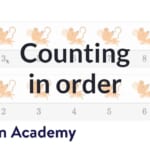

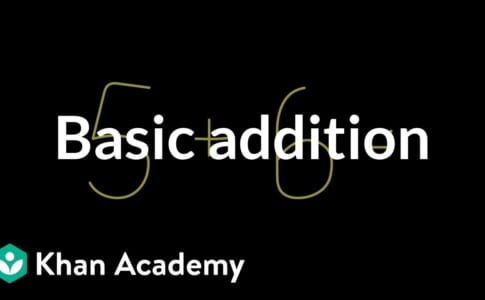
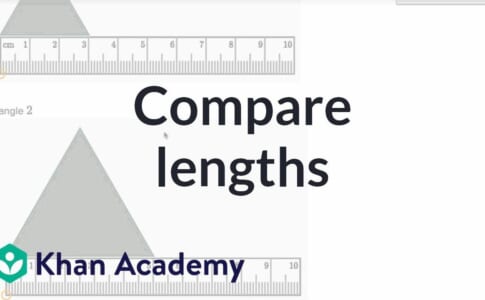

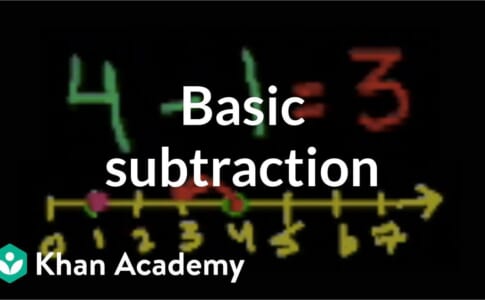
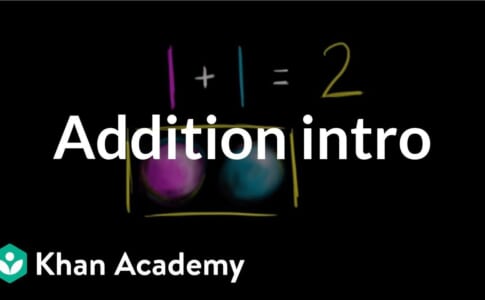
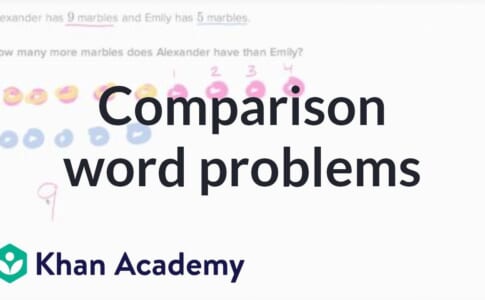
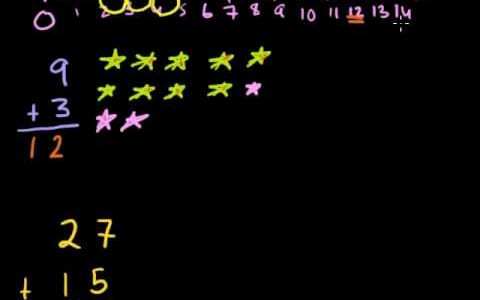
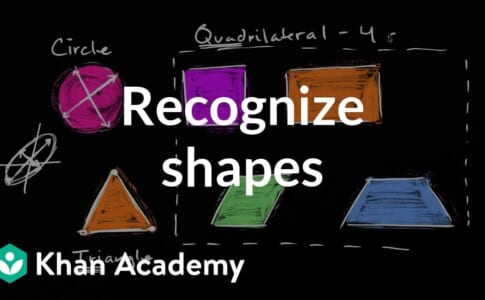
Recent Comments